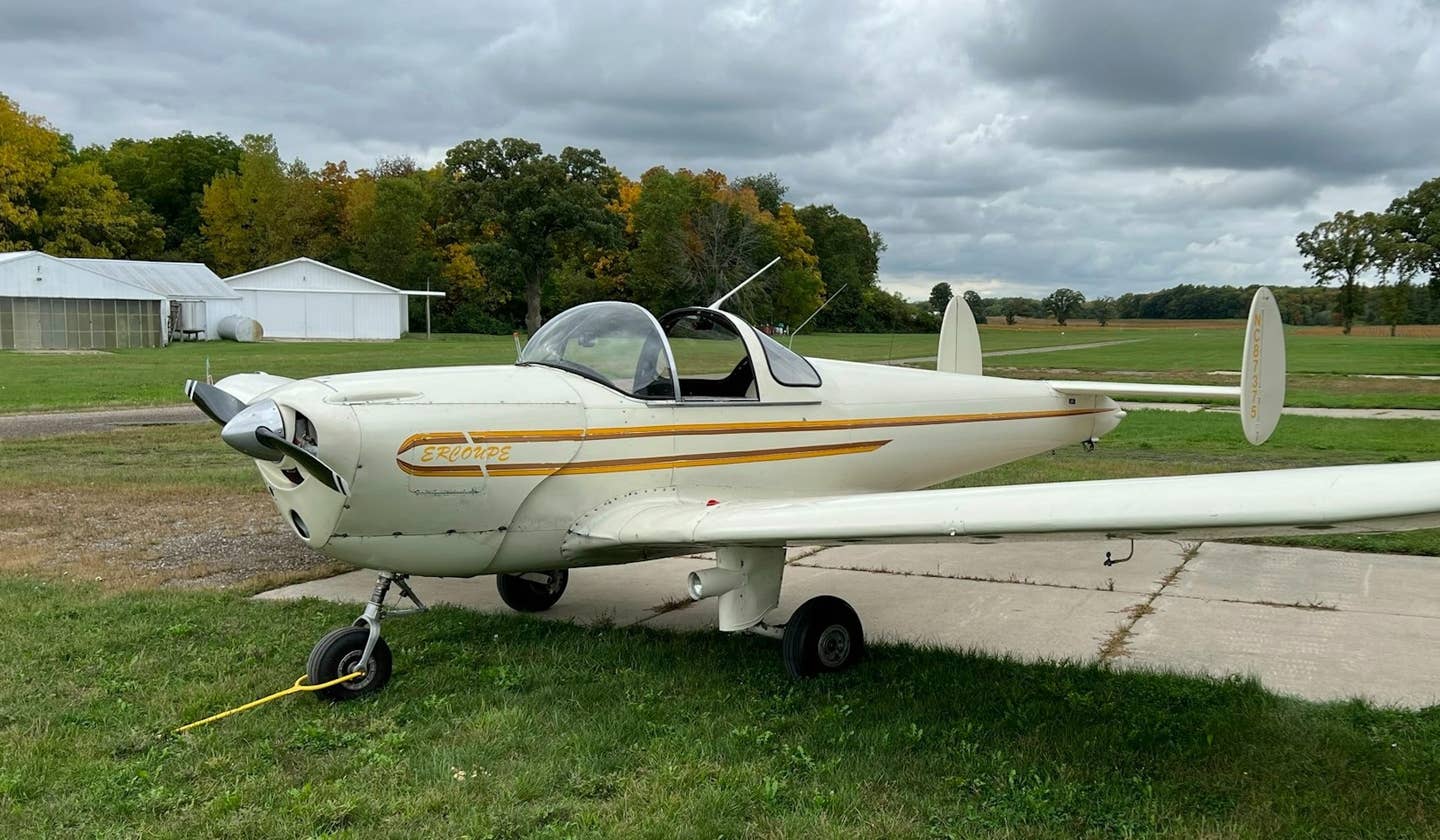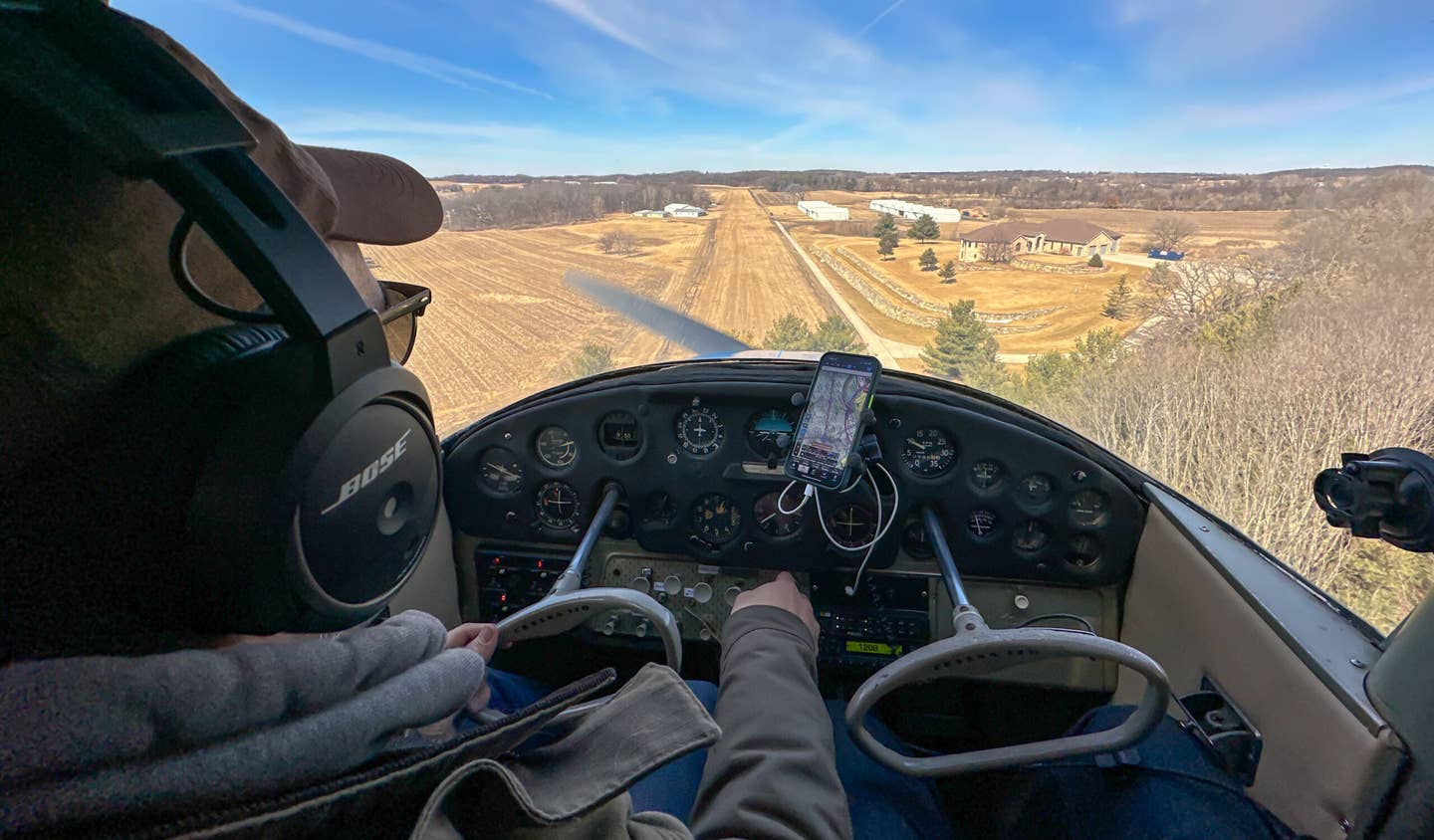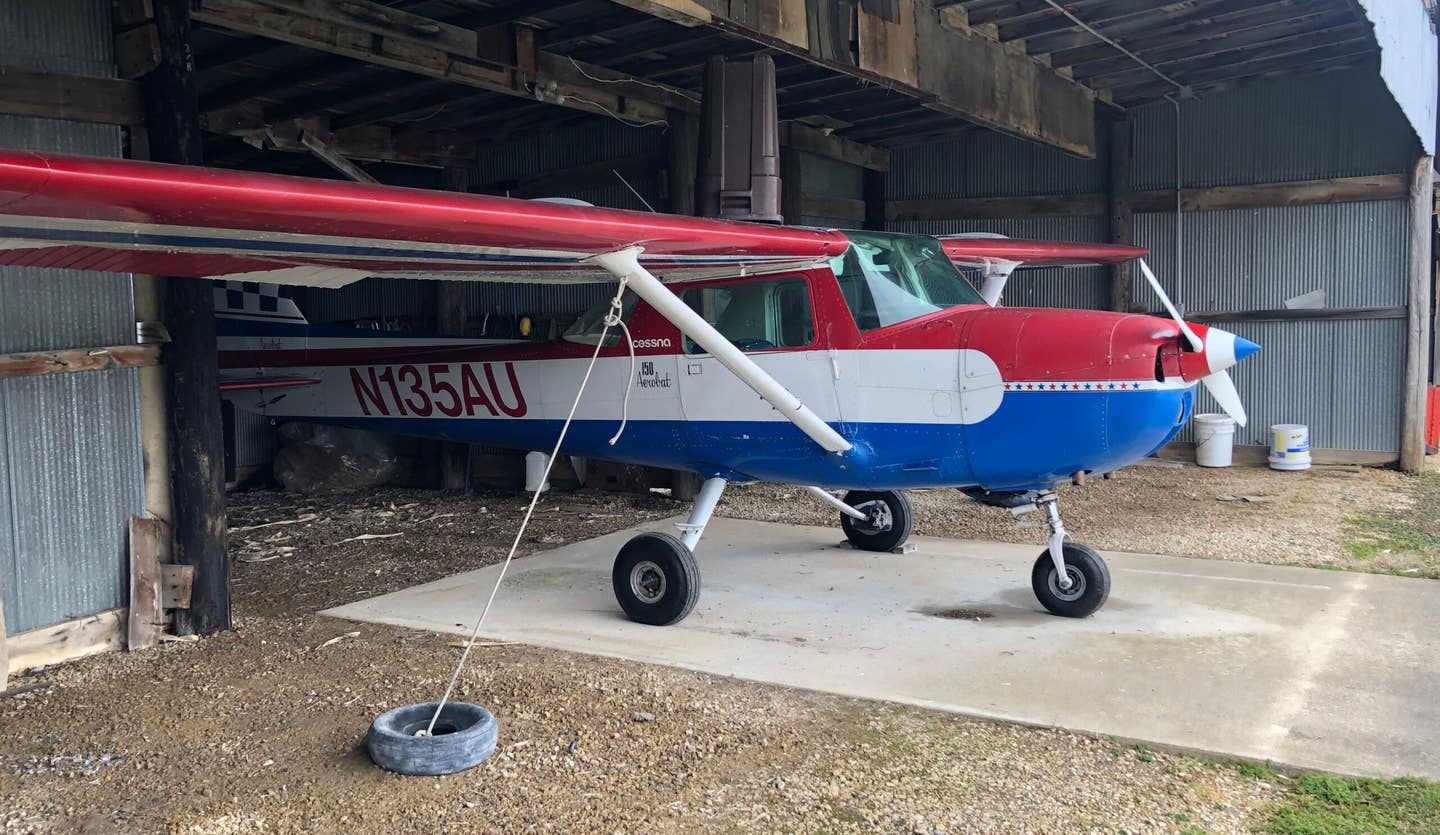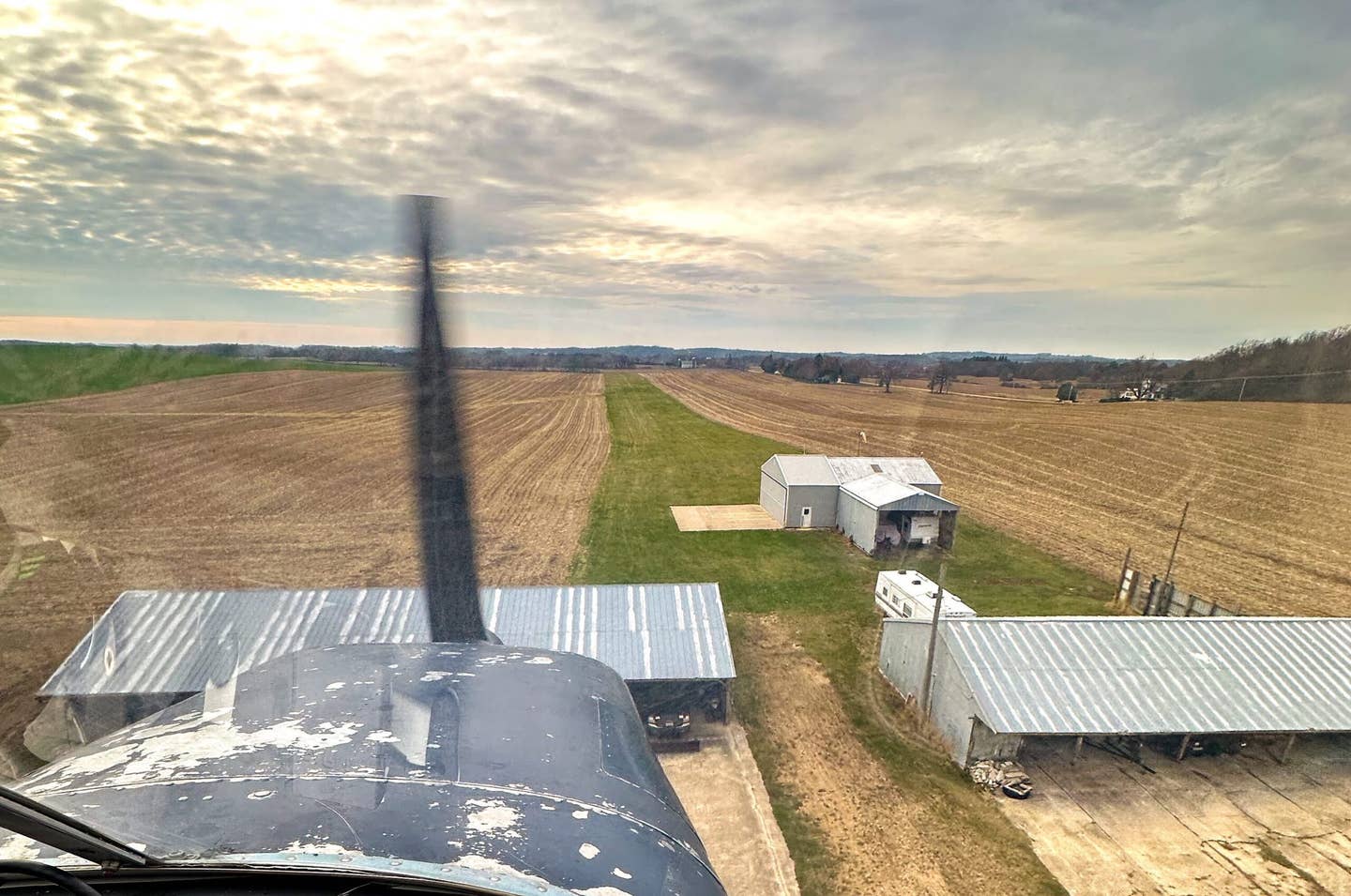Paint Schemes Often an Unfortunate Afterthought
While we plan nearly every aspect of our airplane purchase, the colors it wears can be pure luck.
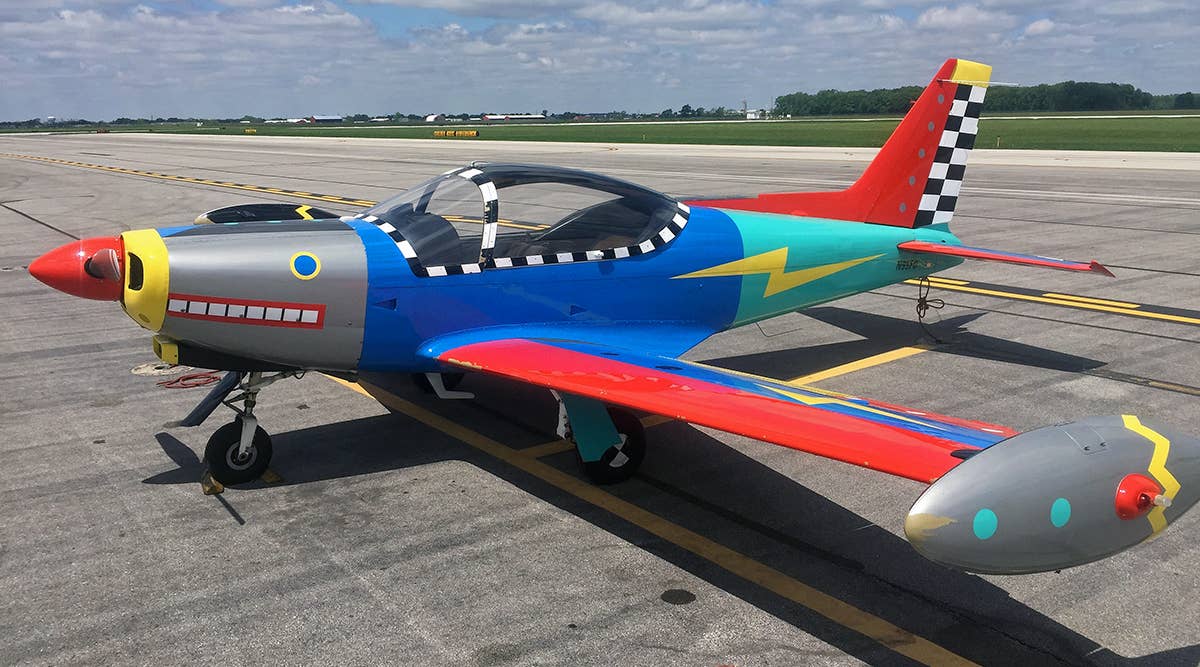
For as much planning as we do when shopping for the perfect airplane, the paint scheme we end up with is typically the luck of the draw. [Photo: Jason McDowell]
When I began shopping for an airplane, I established a pretty thorough list of my must-haves and nice-to-haves. I researched various models. I learned which subtypes were the most desirable and which were the ones to avoid. I became familiar with all the various STCs and ADs that pertain to the types, and I learned what things to look for during a pre-purchase inspection. After significant research, I knew exactly what characteristics my future airplane had to have, and I knew exactly what sorts of things would disqualify an airplane from the running.
While all of those details and specifications were whirling about in my head, it was with some resignation that I accepted I would have little to no control over the paint scheme of my eventual airplane. I knew I could wind up with a sweet-looking classic paint scheme, and I knew I had a similar chance of winding up with some horrific creation that combined bad colors with gaudy design. I wasn’t going to sacrifice my list of mechanical requirements in favor of a nicer paint job, so the look of the airplane would be entirely up to fate.
On one hand, an airplane’s paint scheme is wholly inconsequential. Sure, you’d like to have reasonably intact paint that seals the airframe and protects it from corrosion. But aside from that, so long as the airplane is mechanically sound and within your budget, it shouldn’t matter how it looks. We can’t, after all, see the outside of the airplane when we’re flying it.
But on the other hand, an airplane’s personality is largely defined by its appearance. Particularly with regard to vintage aircraft, a correspondingly retro, period-correct paint scheme really enhances its ability to represent the era and transport you back in time. And while the attractiveness of a given paint scheme isn’t easily quantifiable, it has to strike a chord within you; when walking away after your flight, you shouldn’t be able to resist one last glance back over your shoulder to admire your pride and joy.
With this in mind, I embarked upon my airplane search with guarded optimism. I hoped the airplane that ultimately checked all my boxes would also happen to have a cool paint scheme, but grudgingly accepted that it likely would not.
The Battle of Heart vs. Head
It wouldn’t take long for my brain and heart to do battle. The first example that produced such conflict was a Cessna 120 adorned in what I considered to be a fantastic retro paint scheme. While not original from the factory, it appeared to be from the 1950s or ’60s and with a bold orange as the primary color, it really stood out from the crowd. I loved it. Unfortunately, this particular 120 didn’t have quite as much useful load as I needed, and despite being offered at a very attractive price, I ultimately had to pass on it.
The opposite situation occurred a few months later in the form of a pristine Cessna 140. It was the exact year I was after, it had the engine I wanted, and it had fairly new wing fabric. Even the avionics were updated. It checked every single box on my list. But there was a problem—a problem in the form of multiple sets of stripes adorning the airframe in various soft shades of pink and purple. Objectively, it wasn’t terrible, but something about it really rubbed me the wrong way and try as I might, I just couldn’t get over it. I ended up waffling for a few weeks, which was long enough for the seller to realize he had priced the airplane too low. He subsequently raised the price by about $8,000, effectively taking it out of the running.
Other Hopefuls
A handful of other contenders came and went. Some had no paint at all, and were simply polished aluminum. This can look stunning. Also stunning is the amount of hard manual labor required to create and keep that mirror finish.
A couple friends of mine recently acquired a classic straight-tail 182 that is primarily polished aluminum. To date, they’ve invested a total of 50 hours of buffing and polishing…and they’re still not finished. The product of their collective efforts will look amazing, and they’ll have earned every turned head.
At face value, a plain white airplane with no color or design features at all would be profoundly boring, but I would have been happy to find one with such a basic paint scheme. With modern vinyl wrap technology, it’s easier than ever to create a unique design, have custom stripes/accents printed and cut, and wind up with a completely custom, personalized look. In speaking with some individuals who have done this, it seems that the FAA generally permits such graphics so long as they’re limited in size and serve as accents rather than a complete wrap of the airframe.
Just as clothing can dress a person up or down, a paint scheme can do the same with an airplane. Outfit a 1947 Bonanza with neutral paint and a single cheat line, and it will disappear on any ramp, going completely unnoticed to those around it. Paint that same airplane in a 1990s-era scheme with neon-colored squiggles and abstract shapes, and you’ve got the equivalent of your grandfather strutting around in Hammer pants; confusing at best, and adversely affecting appetites around it at worst.
The Winner
When I found the airplane that would ultimately become my own, I felt like I hit the jackpot. It’s adorned in its original 1953 paint in two-tone blue. From 30 feet away, it looks fantastic…but get any closer, and the decades of use became glaringly obvious. It has what car collectors call patina, with tales to tell and nothing to prove.
In an ocean of preppy new airplanes with the glitz of Hollywood’s hottest young stars, my airplane might instead be played by Sam Elliott or Morgan Freeman—rugged and experienced with a look that suggests it knows things you don’t…which is absolutely the case. With more than 10 times as many hours logged as I do, the airplane tends to fly better all by itself when I’m not fooling with the controls at all. If ever there was a paint job that reflected the personality of the airplane wearing it, this was it. And like any good paint scheme, I can never resist one last look back over my shoulder as I walk away.

Sign-up for newsletters & special offers!
Get the latest FLYING stories & special offers delivered directly to your inbox

